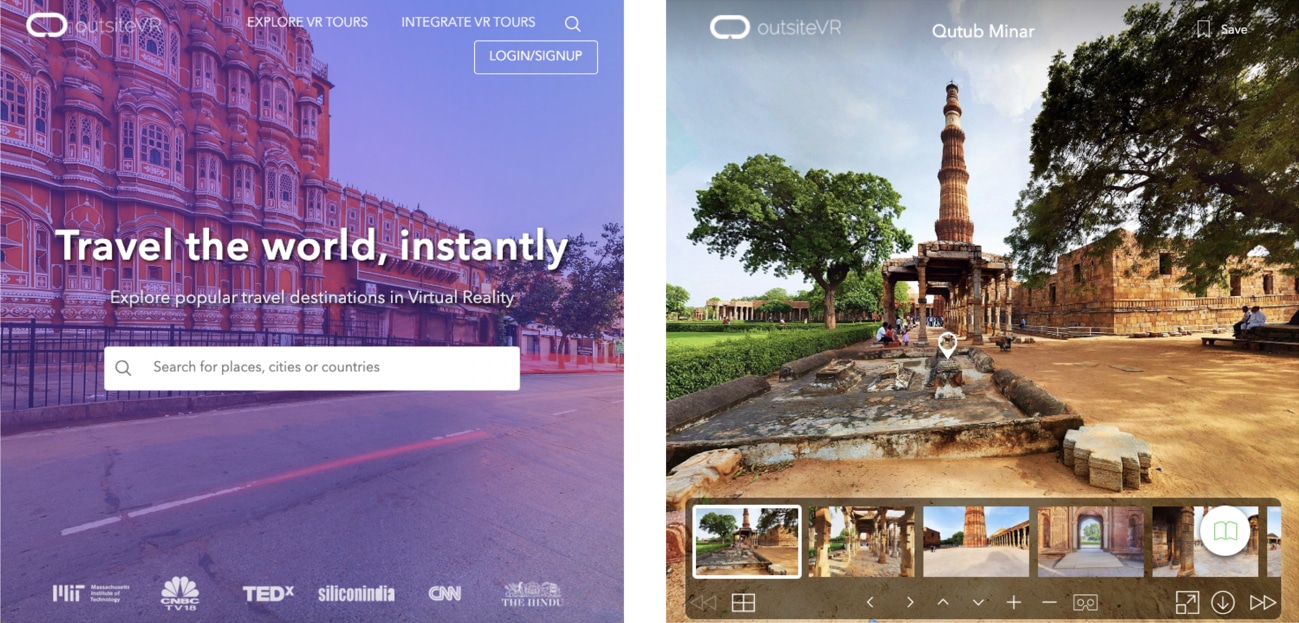Augmented reality operates by transforming data and analytics into information and images which are overlaid on the real world.
Although the term ‘augmented reality’ wasn’t coined until 1990, augmented reality actually dates back to 1968 when Ivan Sutherland developed the first head-mounted display that allowed users to view computer-generated graphics.
Augmented reality has been designed for enterprise and consumer devices such as smart phones and tablets, and can be delivered via software applications downloaded onto a device or hosted in the cloud. Flat screen devices that render two-dimensional data for use in a three-dimensional world can be used to increase a user’s access to information and analytics.
Augmented Reality and Strategy
We are now seeing augmented reality being deployed by industry. In 2013, Volkswagen debuted the MARTA App (Mobile Augmented Reality Technical Assistance) which gives technicians step-by-step repair instructions. According to the Harvard Business Review, investment spending on AR technology looks set to reach $60 billion in 2020.
Augmented reality requires a strategy to ensure that the technology is not used merely as a toy but in order to lower costs within the supply chain or to increase the value provided to customers. Newport News Shipbuilding, which designs U.S Navy carriers, has adopted AR and seen a reduction in inspection time by 96% from 36 hours to 90 minutes, and its overall manufacturing process has been shortened by 25%. Boeing has adopted AR and seen increased productivity and quality in their training process. Trainees with AR assistance are 35% more time efficient than trainees using traditional 2D documentation, and 90% more likely to perform an operation correctly the first time.
AR in the Tourism Sector
Many countries are currently facing problems in their tourism industries caused by a downturn in domestic and international travel due to COVID-19. Spending by international and inter-regional visitors totals $3.8 billion in New Zealand. This spending has essentially been wiped out due to international border restrictions and regional lockdowns. According to Deloitte, redirecting and retaining some of the expenditure that New Zealanders would have spent overseas is unlikely to offset much of the reduced revenue from international spending. Certain regions such as Otago and the West Coast could see a drop in spending of up to 46%. The World Travel and Tourism Council, a non-profit which represents the international tourism industry, has stated that Thailand and the Philippines will see the greatest economic loss as tourism accounts for more than a fifth of their GDP.
Tourism Ministries are working on recovery packages and strategies to boost tourism. In this context, augmented reality might be used to promote a country as a tourist destination, advance its tourism sector, virtually showcase a country’s attractions to virtual tourists, and build demand with the view to launching a post-COVID-19 tourism recovery strategy. Deploying augmented reality could allow tourism employees and employers to get back to work, maintain their skills, and generate income before tourist locations are physically reopened. Adoption of AR by the tourism sector will also help to showcase the tourism industry as a prosperous and adaptable sector which could inspire the adoption of AR technology in other sectors.
India’s Ministry of Tourism has partnered with a travel tech start-up called OutsiteVR. The purpose of this collaboration is to “empower people to travel to India virtually and further boost incredible India campaigns”. The platform enables India to provide international and domestic visitors with virtual tourism experiences of popular heritage sites, historical monuments and attractions.
Conclusion
Augmented reality can be used by the tourism sector in different countries to showcase what they have to offer, even if visitors are limited to exploring famous sites in a virtual world. By enabling a new form of tourism, this will help employees and employers in the sector get back to work, maintain their skills, and potentially generate an influx of new interest from tourists who, as a result of exploring a country virtually, will have a new found desire to visit.
Celine Smith is a student at Victoria University of Wellington completing a conjoint degree in Law and Commerce. Conducting research for the School of Information Systems, she is invested in obtaining a career that advances information technologies.
